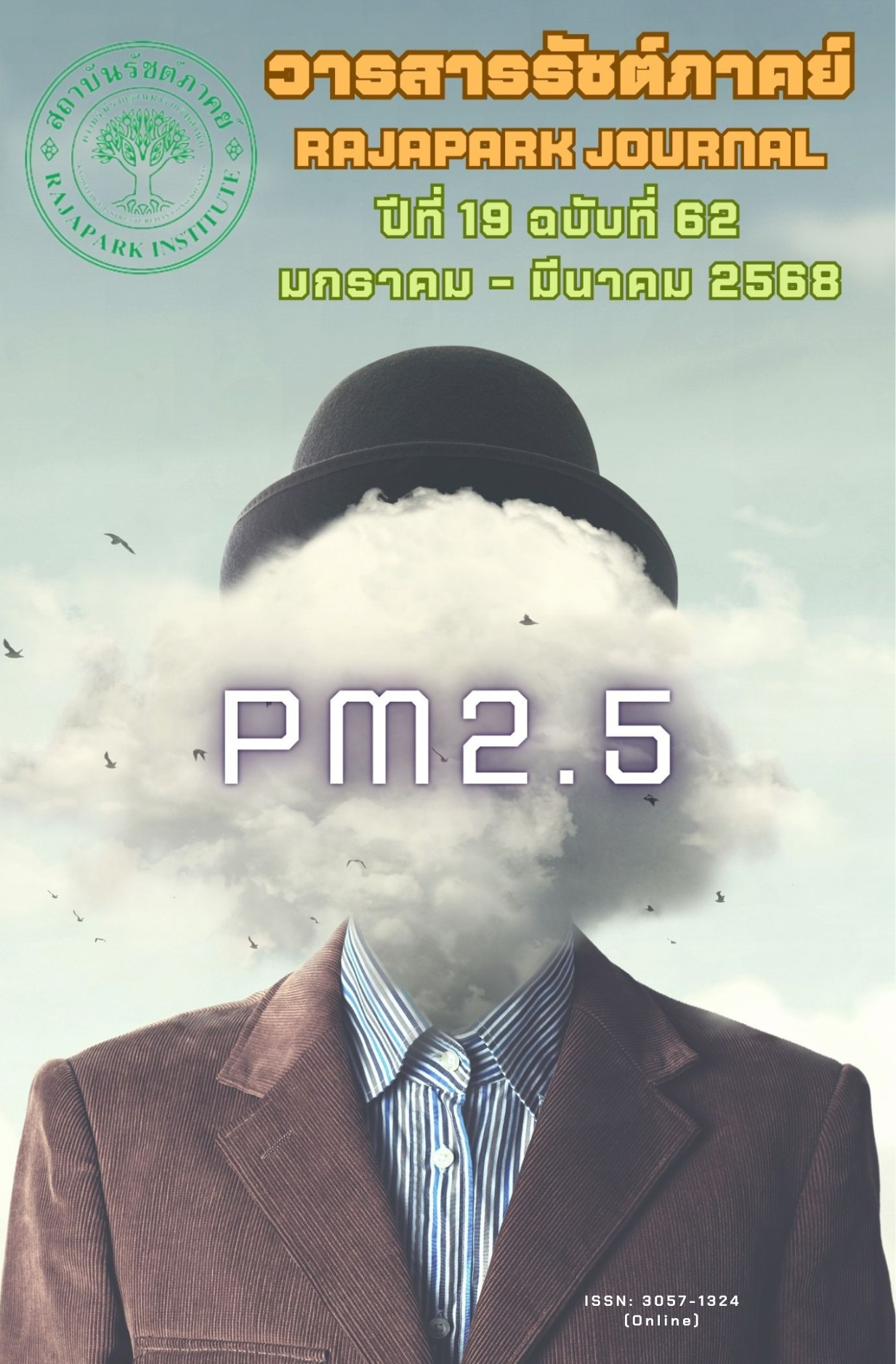The Use of Digital Technology in Schools Affecting the Student Support System of Schools under Nakhon Phanom Primary Educational Service Area Office 2
Main Article Content
Abstract
This research aimed to 1) study and compare the use of digital technology in schools classified by school status and size, 2) study and compare the student care and support systems in schools classified by school status and size, 3) examine the relationship between the use of digital technology in schools and the student care and support systems, and 4) investigate the predictive power of digital technology use on the student care and support systems in schools under the jurisdiction of the Nakhon Phanom Primary Educational Service Area Office 2. They employed a quantitative methodology. The sample consisted of 349 participants, including 57 school administrators and 292 teachers, selected through stratified random sampling. The research instruments were two Likert scale questionnaires with reliability coefficients of .99 and .95, respectively. Data analysis employed descriptive statistics, t-tests, one-way ANOVA, Pearson correlation, and stepwise multiple regression analysis. The results revealed that: 1) the overall use of digital technology in schools was at a high level, with no significant differences based on school status or size; 2) the overall student care and support systems were also at a high level, with no significant differences based on school status, but significant differences were found based on school size at the .01 level; 3) the use of digital technology in schools was positively correlated with the student care and support systems at a moderately high level, with significance at the .01 level; and 4) key predictors of the student care and support systems were data storage systems and internet-connected devices, jointly predicting 54% of the variance.
Article Details

This work is licensed under a Creative Commons Attribution-NonCommercial-NoDerivatives 4.0 International License.
Views and opinions appearing in the Journal it is the responsibility of the author of the article, and does not constitute the view and responsibility of the editorial team.
References
Kosasaeng, S., Pongpittaya, K., & Thepsaeng, S. (2022). Digital technology for school management in the era of digital transformation. SWD Education Administration Journal, 19(37), 242-250. https://ejournals.swu.ac.th/index.php/EAJ/article/view/15478
Krasaesil, C. (2021). The relationship between the utilization of information technology with success in the administration of the educational service area office in the area of the office of education region 11[Master’s thesis, Sakon Nakhon Rajabhat University].
Lathum, C., & Chanawong, A. (2023). Guidelines for development of leadership in the digital era of school administrators in the education quality development center 3, under Khon Kaen primary educational service area office 3. College of Asian Scholars Journal, 13(4), 47-57. https://so01.tci-thaijo.org/index.php/CAS/issue/view/17729
Lersrattayakul, Y., Thitavaddhano, P., & Boonpoo, S. (2022). A study of the conditions of student aid in educational institutions under the primary educational service area office. Journal of Bovorn Multi-Education and Human Social Sciences, 3(1), 11-18. https://so03.tci-thaijo.org/index.php/JOB_EHS/article/view/258397
Mesintree, S. (2017). Philosophy of sufficiency economy and sustainable development: development paradigm towards Thailand 4.0. Center for Studying the Philosophy of Sufficiency Economy and Sustainable Development, National Institute of Development Administration.
Ministry of Education. (2016). Educational Development Plan of the Ministry of Education, No. 12. (2017-2021). Office of the Permanent Secretary, Ministry of Education.
Nakhon Phanom Primary Educational Service Area Office 2. (2024). Operational Plan for the Fiscal Year 2024. Nakhon Phanom Primary Education Service Area 2. https://www.nkp2.go.th/
Office of the National Economic and Social Development Council, Thailand. (2017). The Twelfth National Economic and Social Development Plan (2017–2021). https://www.nesdc.go.th/ewt_dl_link.php?nid=9640
Office of the National Economic and Social Development Council, Thailand. (2022). The thirteenth national economic and social development plan (2023–2027). https://www.nesdc.go.th/main.php?filename=plan13
Peuchmongkol, S., & Uthairat, W. (2015). Model of digital technology towards the international standard quality of secondary schools in the Southern Border Provinces of Thailand. EAU Heritage Journal, 5(2), 274-283. https://so01.tci-thaijo.org/index.php/EAUHJSocSci /article/view/48470
Simakham, D. (2021). Strategies on effective student care and support operational system for primary schools under the office of basic education commission in the Northeast[Doctoral dissertation, Sakon Nakhon Rajabhat University].
Srisa-ard, B. (2017). Introduction to research (10th ed., revised). Suwiriyasan Press.


